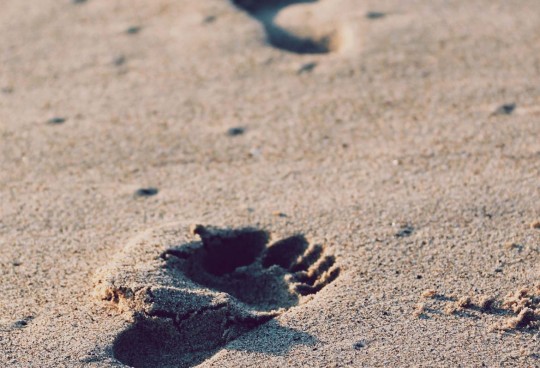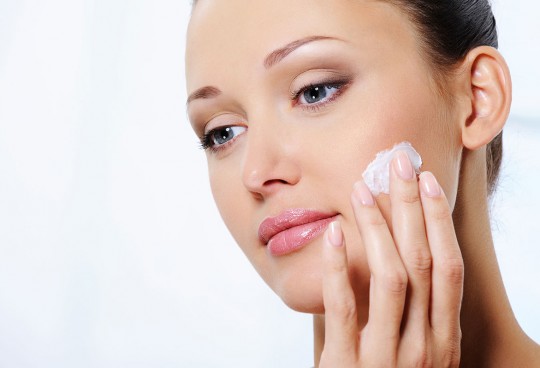How significant is the problem
In 2018 skin cancer ranked number 20 on the list of causes of death in Australia. Heart disease and dementia ranked numbers 1 and 2 respectively. By 2022 COVID-19 had become the third leading cause of death, shifting cerebrovascular diseases and lung cancer to numbers 4 and 5.
About two in three Australians will develop some form of skin cancer by the age of 70. Fortunately the majority of these are non-melanoma skin cancers (NMSC) and these are far less likely to be lethal than melanoma. However, they do cause significant morbidity i.e. non-lethal illness and inconvenience!
What are the risk factors for skin cancer?
- Fair skin is high on the list, but olive and brown complexions are not immune. Bob Marley (reggae icon) passed away at 36 from melanoma.
- Number of sunburns and total sun exposure – are major risk factors
- Family predisposition
- Lots of moles
- Medical conditions, including ones that impair immune responses
But there is good news!
Skin cancer can be detected early because unless you are visually impaired you can see your skin and can detect melanoma (and other types of skin cancer) at an early stage.
In fact over 98% of persons with melanoma will be cured, however less than 25% of persons with advanced or stage 4 melanoma survive more than 5 years.* Therefore it is very important to recognise skin cancers as early as possible.
To diagnose melanoma early, being aware of our skin and monitoring for new and changing skin lesions (with help from partner when available) is important.
Check the ABCDE guidelines for self-detection essentials.
Digital imaging for total body photography is also used to diagnose melanoma and other skin cancers. This technology (Dermscreen) is available at Sky Blue Dermatology.
*In the last decade, breakthroughs in immunotherapy have resulted in remarkable improvements in the survival of patients with advanced melanoma.
Types of Skin Cancer
Non-Melanoma Skin Cancer
- Basal cell carcinoma or BCC is the most common type of skin cancer. They usually grow slowly over months to years. Are only rarely lethal and usually easy to treat. Some BCCs on the face, especially if ignored or not treated optimally, can be more problematic. There are 4 subtypes:
- Nodular BCC – roundish, red or pearly bump. Can ulcerate and form a scab.
- Superficial BCC – pink or red flattish lesion.
- Pigmented BCC – like a nodular BCC with areas of pigmentation. May be difficult to distinguish from a melanoma.
- Morphoeic BCC – pale, scar like, sometimes inconspicuous and more extensive than appearances suggest.
- Squamous cell carcinoma (SCC) is the next most common type of skin cancer and is more lethal than BCC. Often appear as a fairly fast growing bump, may be painful and may ulcerate and scab.
- Bowen’s Disease is an early form of SCC (in situ SCC) that is confined to the top layer of the skin (epidermis). It is usually a red, scaly mark that grow slowly.
Melanoma
Is less common than NMSC but is more dangerous. There are a number of melanoma subtypes:
- Superficial spreading melanoma (SSM) – about 70% of melanomas, starts as a flat pigmented mark that changes size, shape and colour over a period of months.
- Nodular melanoma – raised bump, sometimes lacks pigmentation and can be mistaken for a benign process such as a “pimple”. Often diagnosed at a later stage than SSM.
- Lentigo maligna melanoma – slow growing flat pigmented patch that may become quite large. Often appear on the face of elderly persons.
- Acral melanoma – occur on palms and soles of feet and are easily mistaken for a bruise or other benign process. Includes melanomas under toe or fingernails (subungual melanoma).






Sorry, the comment form is closed at this time.